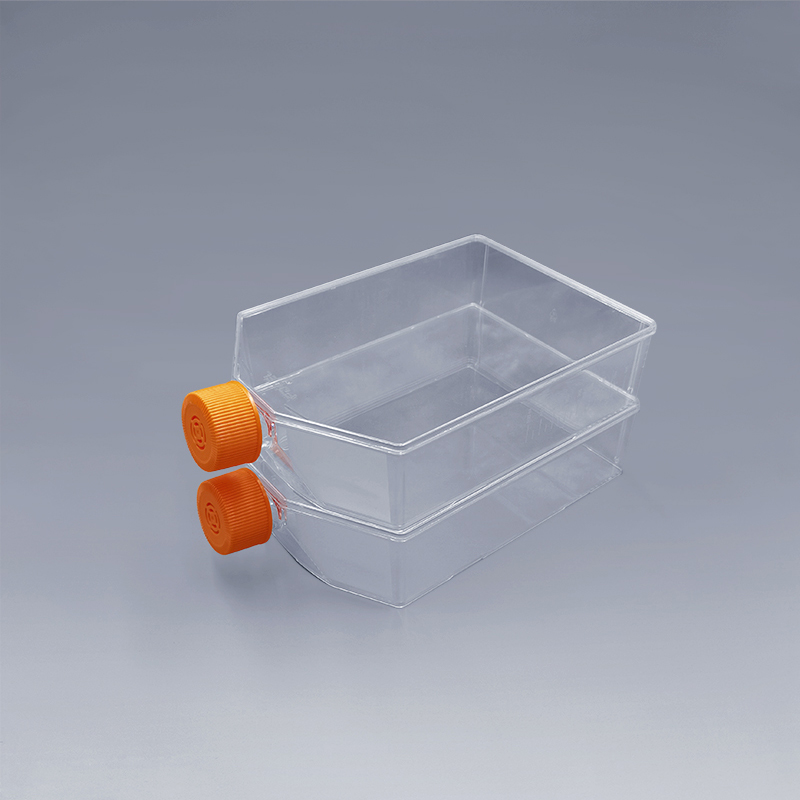How to make cell culture flasks free of DNA and RNase
Cell culture is a kind of aseptic operation technology, which requires that the working environment and conditions must be free from microbial contamination and not affected by other harmful factors. Cell culture flasks are commonly used consumables in cell experiments. No DNA and RNase are the basic requirements for consumables. So how can cell culture flasks be DNA- and RNase-free?
The cell culture room and the design principle are to prevent microbial contamination and harmful factors, and require a clean working environment, fresh air, dryness and no smoke. The production workshops for cell culture flasks and other consumables are all 100,000-level GMP workshops, and the production workshops for human drugs are also 100,000-level. Therefore, products produced under such conditions are generally free of DNA and RNA enzymes. And after the finished product comes out, it will also use DNA and RNA degradation experiments to test the product, and only qualified products can leave the factory.

Qualified cell culture flasks are a key factor to ensure cell growth. Consumables and utensils used in cell culture should be autoclaved in time, and they should be re-sterilized if they are not used for more than a week after sterilization. The prepared complete medium, pancreatin, PBS, etc. are best used up within a week. At the same time, check the cell status every day. In the cell room, you should reduce walking and talk as little as possible. If you cough or sneeze, be sure to turn your back to the ultra-clean table. Keep the laboratory's environmental sanitation and lay the foundation for the success of the cell experiment.
评论
发表评论